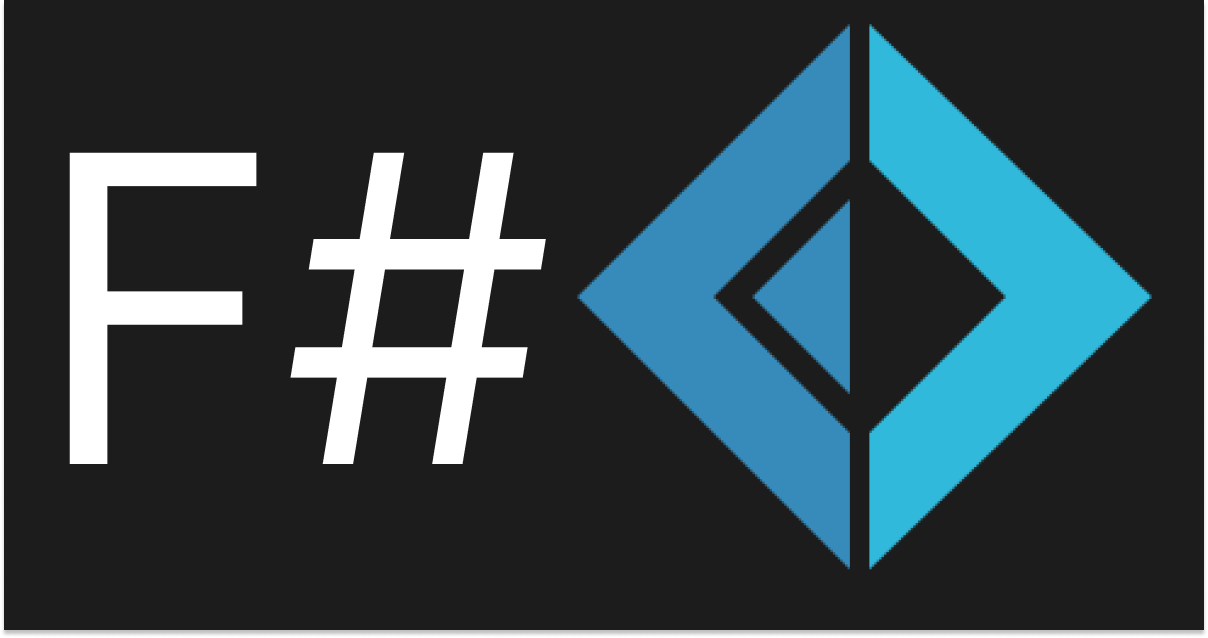
F# basics
F# is a powerful, open-source, functional-first programming language developed by Microsoft and is a part of the .NET family. While F# supports both functional and object-oriented programming paradigms, its true strength lies in its functional aspects. This article will give an overview of some of the basics of F# programming.
Getting Started with F#
Before you start programming in F#, you need to install the .NET SDK (Software Development Kit), which includes F#. You can check if it's installed on your machine by running the following command in your terminal:
dotnet --versionIf it's not installed, you can download it from the .NET official website.
Basic Syntax
F# has a unique syntax that might seem unusual at first, especially if you're coming from a C-style language. Here's a basic F# program:
// This is a comment in F#
let hello = "Hello, World!" // 'let' is used to declare a value
printfn "%s" hello // 'printfn' is a built-in function to print a string followed by a new lineF# uses indentation, similar to Python, to define scope instead of braces {}.
Functions
Functions are fundamental in F#. Here's a simple example of a function that adds two numbers:
let add x y = x + yYou can call the function like this:
let sum = add 3 5In F#, functions are first-class citizens. This means they can be passed as arguments to other functions, returned as values from other functions, and assigned to variables.
Immutability
One of the main features of functional programming in F# is immutability. In F#, values are immutable by default, which means they can't be changed once they're defined:
let x = 10
x = 20 // This will result in a compilation errorConclusion
This is just the tip of the iceberg when it comes to F#. While the language might seem unusual at first, especially if you're coming from a more traditional OOP background, it has a lot to offer in terms of writing safe, maintainable, and efficient code. Happy coding!
This gives you a basic understanding of F#, but there's a lot more to learn. Check out the official F# documentation to learn more.